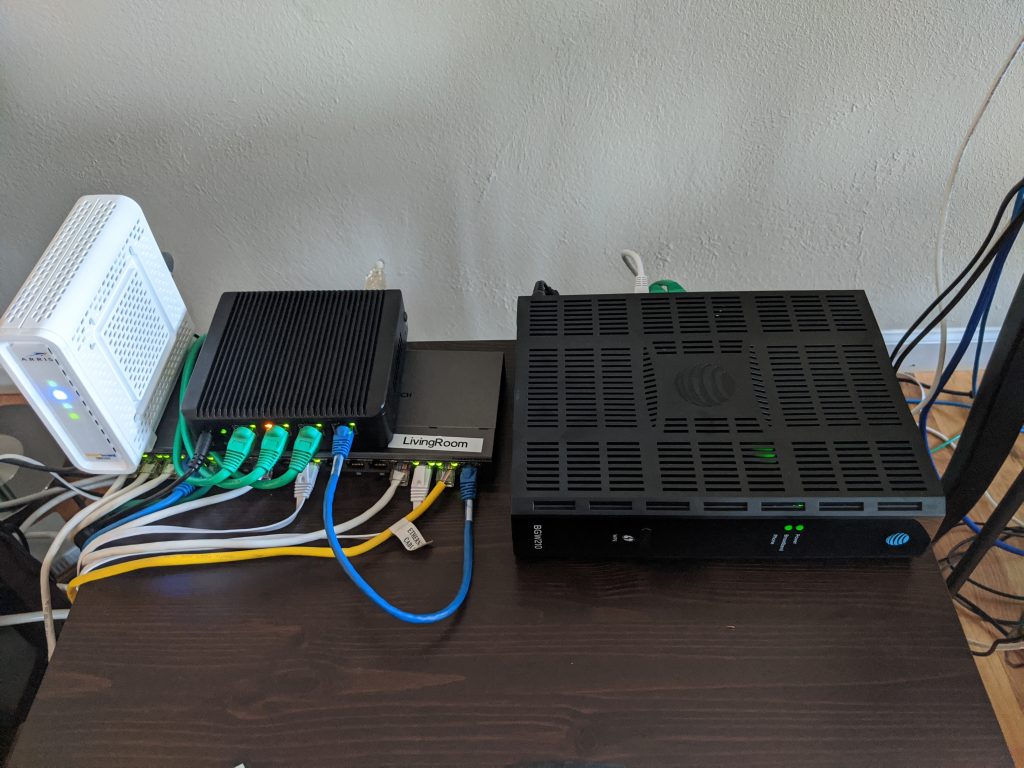The name is shamelessly borrowed from Dilbert cartoon — but there is a story behind it…
A colleague, had a somewhat silly question, once… so he sent the question in an email, where he spoofed the sender address as manager@pointyhair.com — I looked at the question, and it was silly indeed, so I wrote a reply, but then I thought…
What if the domain name is available? But, YES, it is… I registered the domain name right away, set up a mail server, set forwarding to my colleagues email address (without rewrite), and then replied to his spoofed email.
You should have seen how quickly he appeared at my desk — “how on earth did this email, with a spoofed address, come back to me?!?!?”
(It’s ridiculously easy to spoof [fake] a Sender Address in an email… it’s ‘impossible’ to get a reply to a spoofed address to come back to you — I say impossible, though, there are ways, which I will not divulge in a blog post)
I kept the email address for a while, but it seems too many spiders pick random addresses from the ‘net, so you would not believe the amount of spam that address collects.
Meanwhile — being a VPEng / CTO, and being as far as possible from the Dilbert manager (in everything except my hair), I thought I’ll keep the domain for good.
This Blog [will] contain topics such as Software development, VoIP Asterisk, DNS, Ideal home routers, Computer design, Hardware, …
